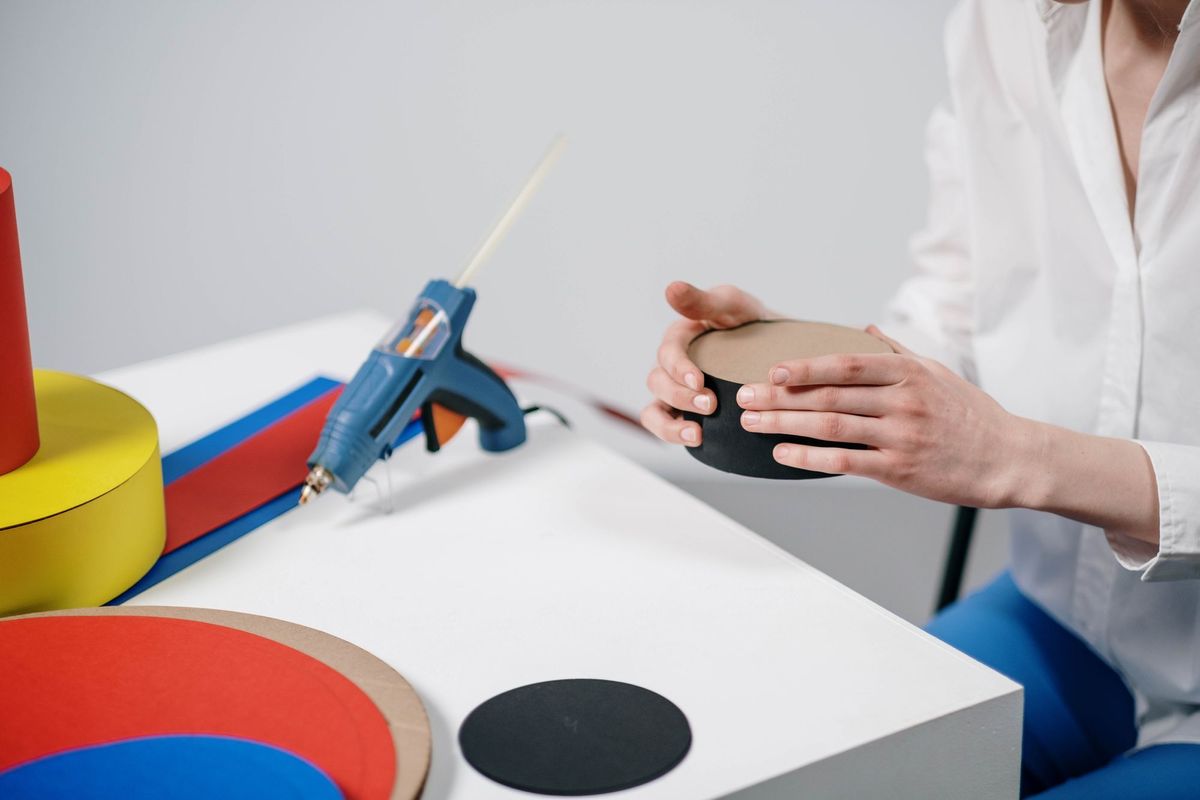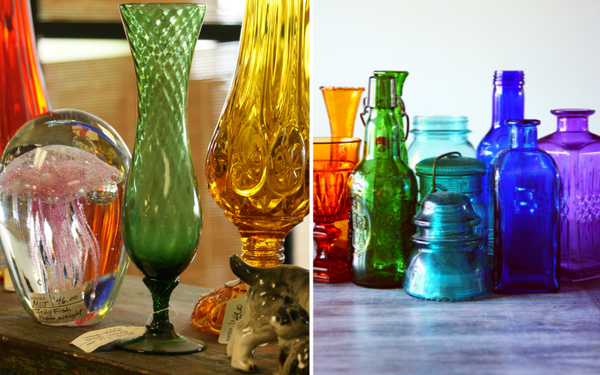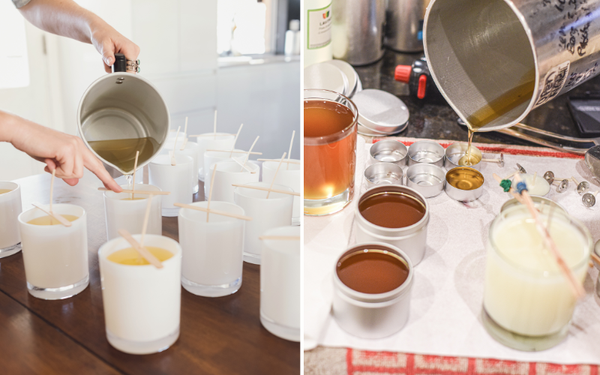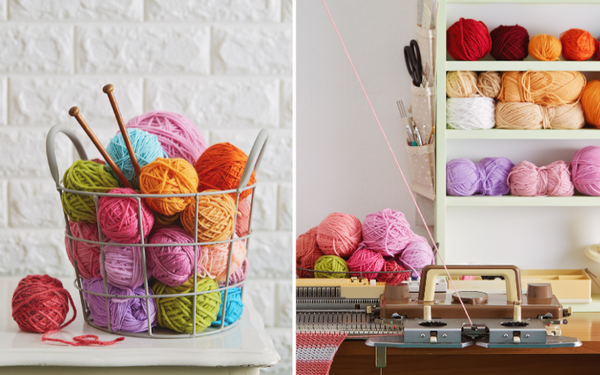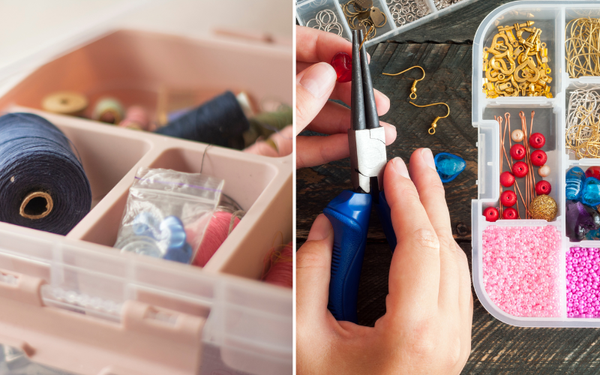The query ‘is a hot glue gun stronger than superglue?’ strikes at the heart of many DIY dilemmas. This article cuts through the confusion to provide a clear-cut comparison of hot glue gun and superglue strengths, tailored to material types and usage scenarios. Stay glued to find out which adhesive will hold up best for your specific needs.
Key Takeaways
- Hot glue is flexible and water-resistant, perfect for crafts and porous materials, while superglue is rigid and strong, great for non-porous surfaces like plastic and ceramics.
- Both hot glue and superglue pose safety risks such as fumes and potential skin burns; thus, it’s important to use them with the appropriate protective gear and in a well-ventilated area.
- To achieve the strongest bond, prepare the surface properly, apply glue correctly, and allow sufficient curing time; avoid overapplication and inadequate clamping.
Hot Glue Gun vs. Superglue: The Core Differences
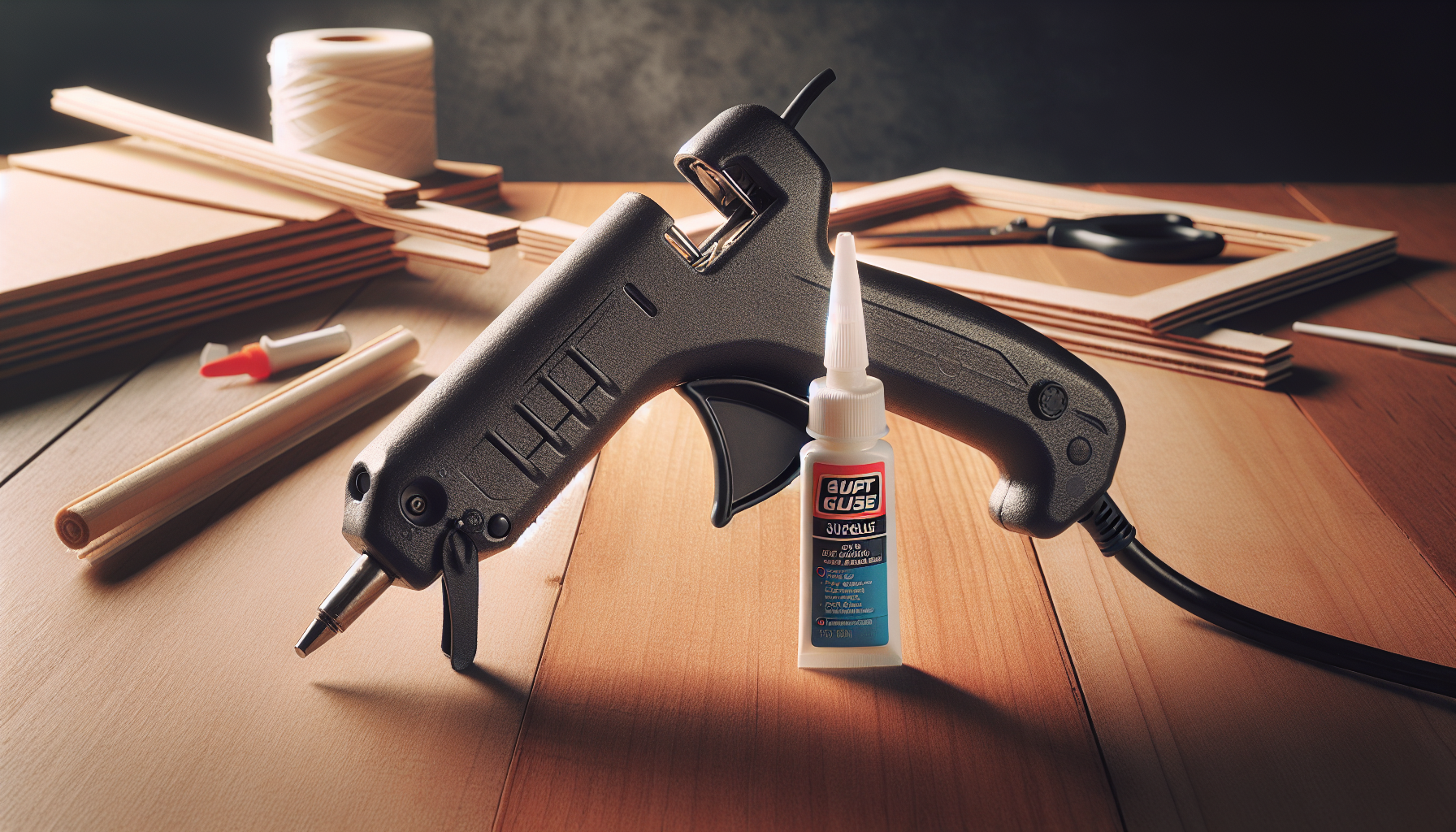
Hot glue and superglue may seem similar at first glance, but their compositions, applications, and bonding characteristics set them apart. Understanding these contrasts will aid you in selecting the appropriate adhesive for your task.
Composition
Hot glue, a thermoplastic adhesive, is composed of polymers like:
- Amorphous polyolefin (APO/APAO)
- Polyamide
- Polyester
- PU
- Styrene butadiene copolymers
These polymers lend hot glue its flexibility and resistance to both heat and chemicals.
Superglue, on the other hand, is composed of an acrylic resin, specifically cyanoacrylate. Such composition enables superglue to harden rapidly, creating a strong bond akin to plastic.
Application
Super glue is ideal for small, tight-fitting surfaces, especially those that are non-porous. It is commonly used for quick repairs and crafting projects involving materials like metal, plastic, rubber, and ceramics, making it a go-to solution to glue stuff together with super glue. For other crafting needs, tacky glue can be a suitable alternative.
In contrast, the application of hot glues necessitates a glue gun, which uses hot glue sticks. Those who prefer hot glue find it popular for crafts, DIY projects, and packaging, particularly when bonding fabric, wood, plastic, and metal.
Bonding Characteristics
Regarding bonding traits, hot glue’s flexibility and water-resistance make it ideal for crafts and DIY projects that might encounter moisture.
Conversely, superglue is more rigid, with a higher tensile strength, making it excellent for quickly creating strong bonds on hard surfaces such as metal and ceramics.
Strength Comparison: Hot Glue Gun vs. Superglue
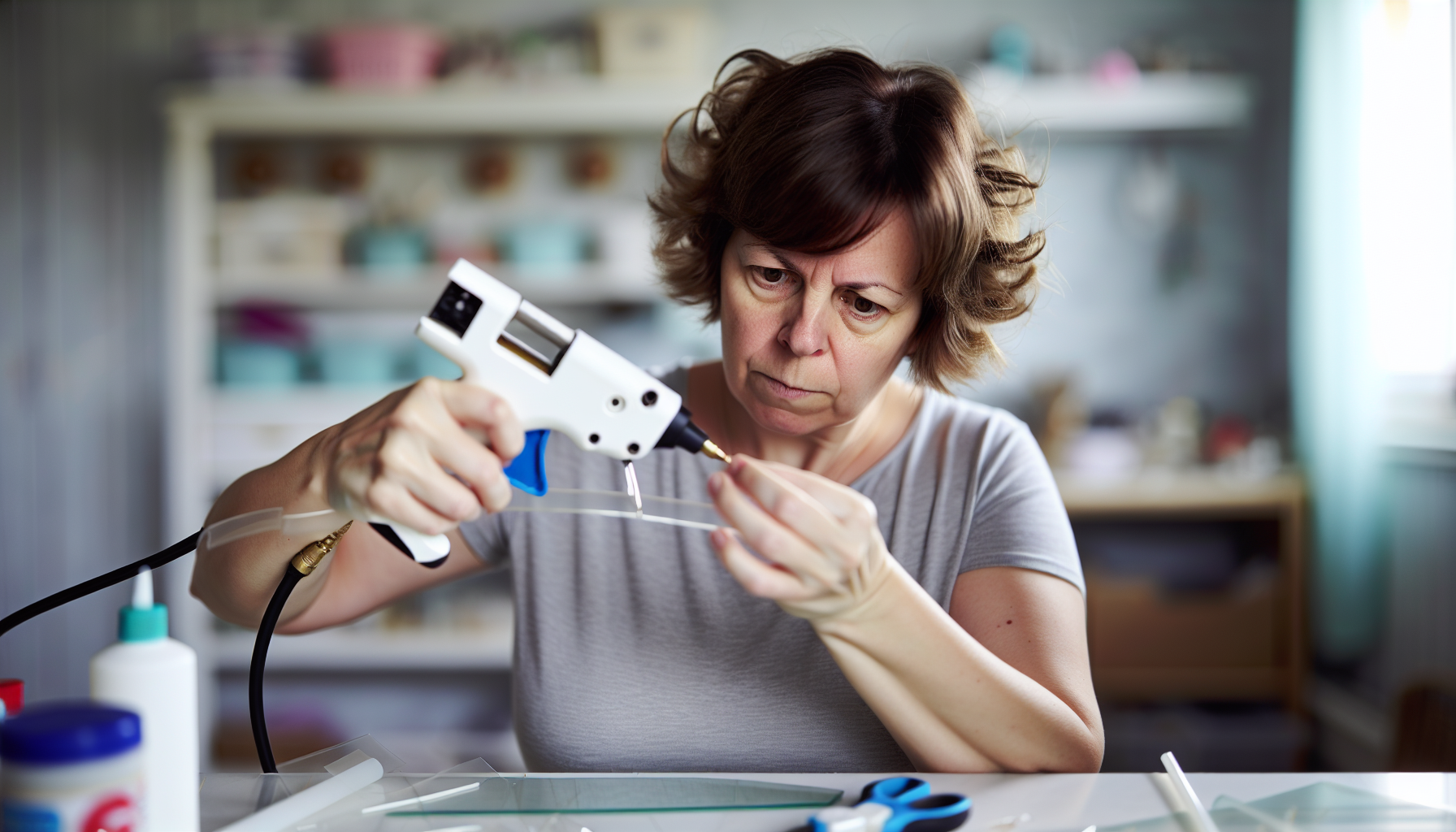
An adhesive’s strength is contingent upon the material to which it is applied. While both superglue and hot glue are versatile, they have their strengths and weaknesses when it comes to bonding different materials.
Plastics
Superglue excels when used on plastics. Its tensile strength can range from 2.48 MPa to 42.1 MPa, making it highly effective for different types of plastic like:
- polycarbonate
- acrylic
- nylon
- flexible plastics
However, users should be cognizant of potential disadvantages like joint brittleness and inadequate peel strength.
Fabrics
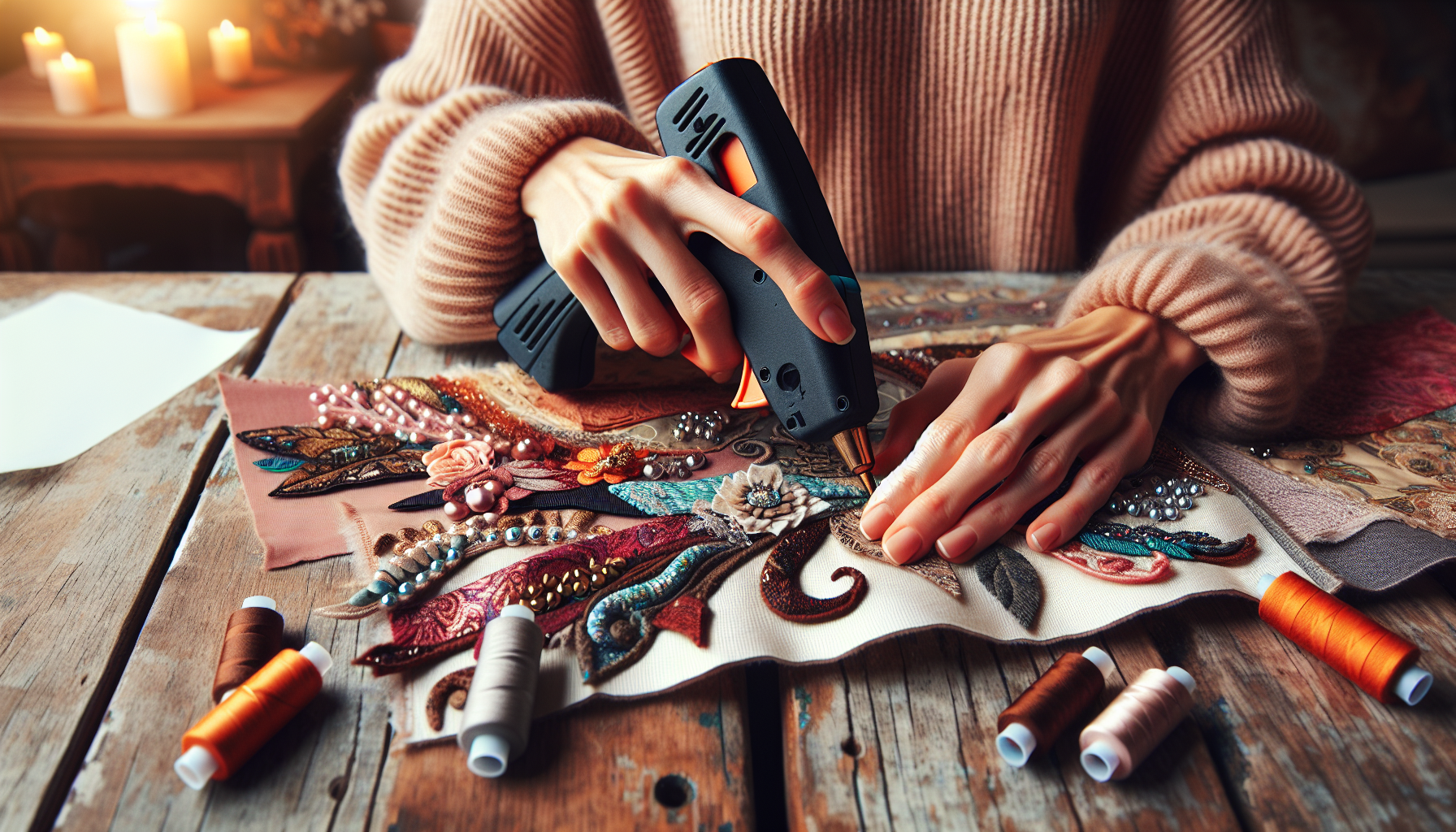
Hot glue, also known as hot melt adhesives, is the adhesive of choice when it comes to fabrics. Because it melts and then solidifies, it provides an excellent bond that is especially useful for sewing and crafting projects. However, it aligns best with thicker fabrics such as denim, canvas, and heavy cotton, as it can lose strength over time with frequent washes or heavy usage.
Wood and Other Porous Materials
When it comes to wood and other porous materials, hot glue has the edge. It seeps into the tiny nooks and crannies, creating a strong bond. But for a stronger bond, especially in structural applications, wood glue is often recommended.
Safety Considerations: Hot Glue Gun vs. Superglue
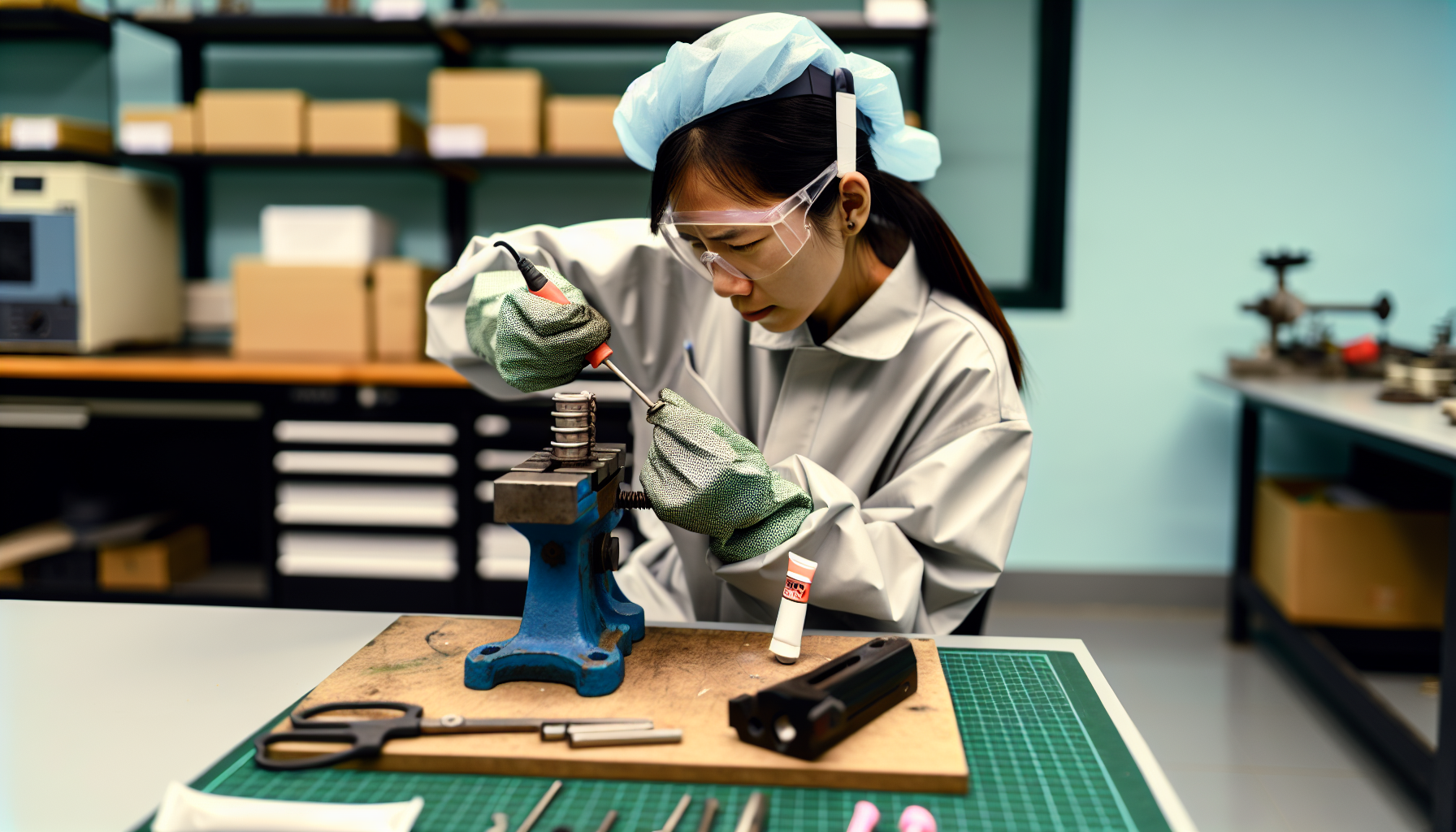
Despite being vital tools for crafters and DIY enthusiasts, both hot glue and superglue, often referred to as “super and hot glue,” also pose safety risks. Being aware of these risks can contribute to the safe and successful usage of these adhesives.
Toxicity and Fumes
Both hot glue and superglue release fumes when utilized. While typically not toxic, these fumes can lead to irritation in the eyes and the respiratory system. It’s especially important for individuals with existing breathing issues to use these adhesives in well-ventilated areas and consider wearing a mask or respirator.
Skin Contact
Touching hot glue or superglue can result in skin irritation or even burns. Hot glue guns operate at high temperatures and can cause burns if mishandled. Superglue, on the other hand, can bond quickly to skin and cause irritation.
Always wear protective gloves when handling these adhesives and wash off any contact with soap and water immediately.
Tips for Maximizing Bond Strength with Hot Glue and Superglue
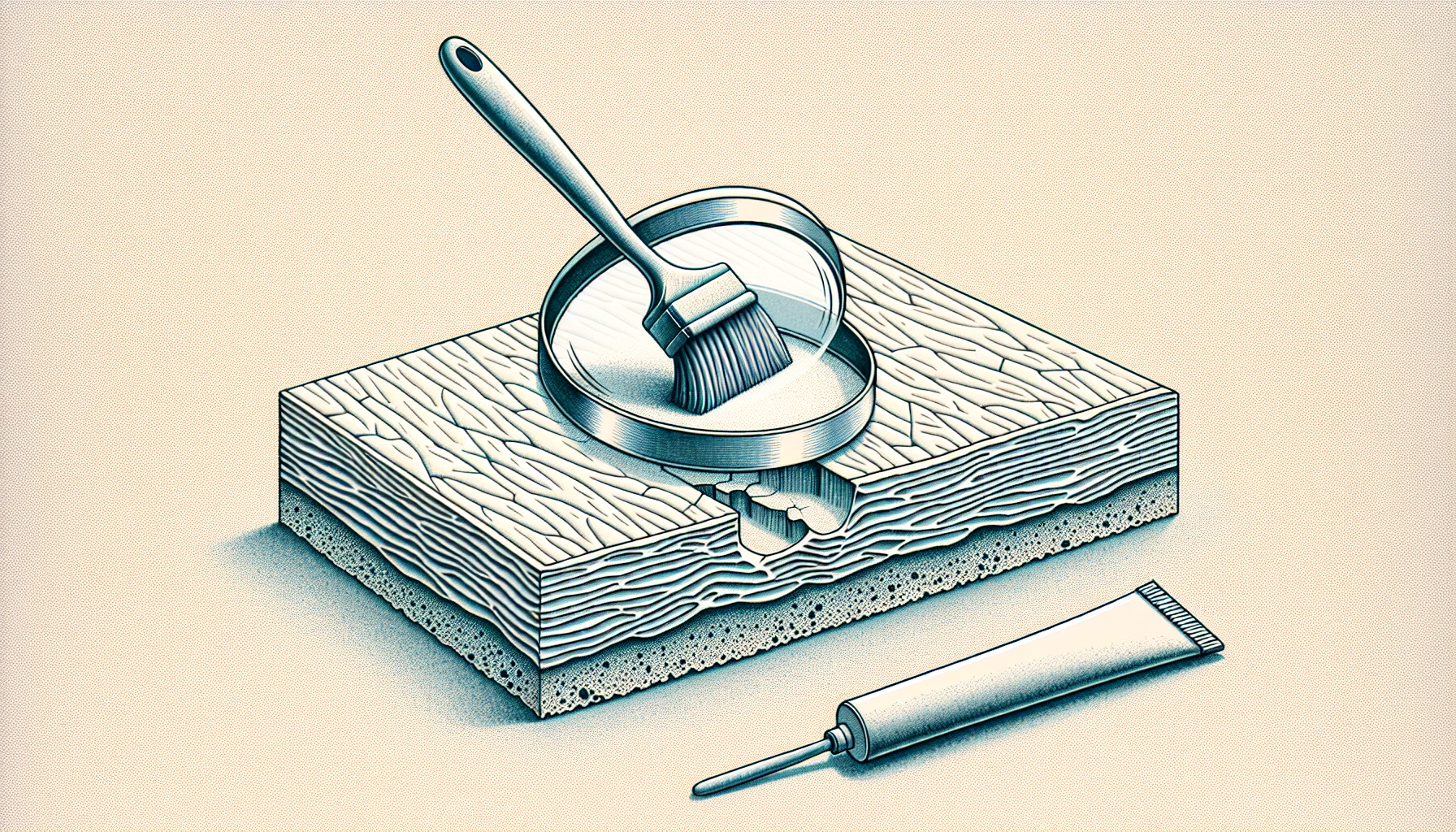
To fully utilize your hot glue or superglue, certain techniques can be implemented. From surface preparation to curing times, these tips can help you maximize bond strength.
Surface Preparation
Thorough surface preparation is key to effective bonding. Before applying either adhesive, the surface should be free of dust, grease, and oil. For hot glue, surfaces should be roughened up with fine-grit sandpaper for a stronger bond.
For superglue, lightly sanding the surface or using a mild solvent or cloth to clean it can improve adherence.
Application Techniques
Your adhesive application method can also impact the bond strength. For hot glue, ensure the temperature is right, apply the glue in a zigzag pattern, and use a good amount for extra strength.
For superglue, apply a small amount on one of the surfaces and press the surfaces together firmly for optimal bonding. If you’re using a glue stick instead, follow the manufacturer’s instructions for best results.
Curing Times
When it comes to adhesive bonding, patience is paramount. Allow sufficient time for both hot glue and superglue to dry for optimal bond strength. While both adhesives dry relatively quickly, they can take up to 24 hours to fully cure.
Common Mistakes to Avoid When Using Hot Glue and Superglue
To prevent dissatisfaction with your DIY projects, it’s important to understand the frequent errors people commit when using hot glue and superglue. Here are some common mistakes to avoid:
- Overapplication of glue
- Ignoring safety precautions
- Not allowing enough drying time
- Using the wrong type of glue for the material
- Applying glue to dirty or oily surfaces
Steering clear of these pitfalls can ensure successful bonding.
Overapplication
When it comes to adhesive application, less often equates to more. Overapplying hot glue or superglue can, in fact, compromise the bond and decelerate the curing process. Use only the necessary amount to cover one surface for the best results.
Inadequate Clamping Pressure
Inadequate clamping pressure may lead to weaker bonds. Ensure materials are held firmly together during curing. Use enough pressure to ensure good contact between the surfaces without squeezing out too much glue.
Ignoring Safety Precautions
Neglecting safety measures can result in personal injuries and equipment damage. Always wear protective gear like safety goggles and gloves when using hot glue guns and superglue. Work in well-ventilated areas and keep these adhesives out of reach of children and pets.
Summary
In conclusion, both hot glue guns and superglue offer unique benefits and have specific uses. Superglue excels on plastics and hard surfaces, while hot glue is preferable for fabrics and porous materials like wood. With the right safety measures and application techniques, both adhesives can provide strong, durable bonds for your projects.
Frequently Asked Questions
What is the strongest glue to glue?
The strongest glue to use is Gorilla Super Glue Gel, which effortlessly bonds to various materials like wood, metal, ceramic, and most plastics, making it a versatile and durable option. DELO MONOPOX is another high-strength adhesive known for its dense network and heat resistance.
Are hot glue guns strong?
Yes, hot glue guns are strong and create a very strong bond on a variety of materials such as wood and strong plastics. They are not recommended for delicate materials that can be easily damaged by high heat.
Is hot glue stronger than superglue?
Hot glue is stronger for fabrics and porous materials like wood, while superglue is generally better for plastics. Choose based on the material you are working with to get the strongest bond.
Can I use hot glue on fabric?
Yes, you can use hot glue on fabric, especially on thicker materials like denim, canvas, and heavy cotton. It works really well!
Is superglue safe to use?
Superglue is generally safe to use, but it can cause skin irritation and respiratory issues. Make sure to wear protective gear and work in a well-ventilated area.
You Might Also Like...
